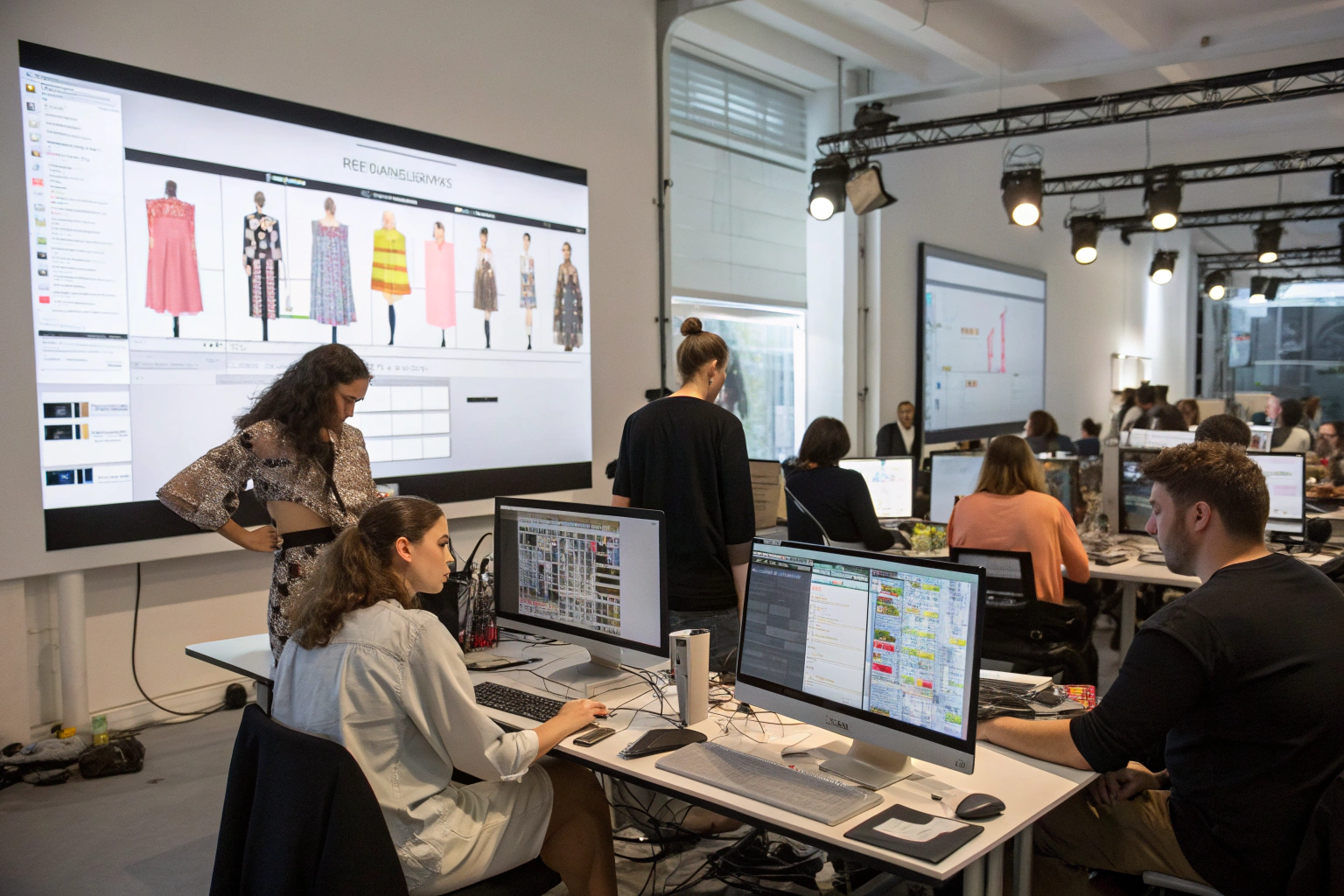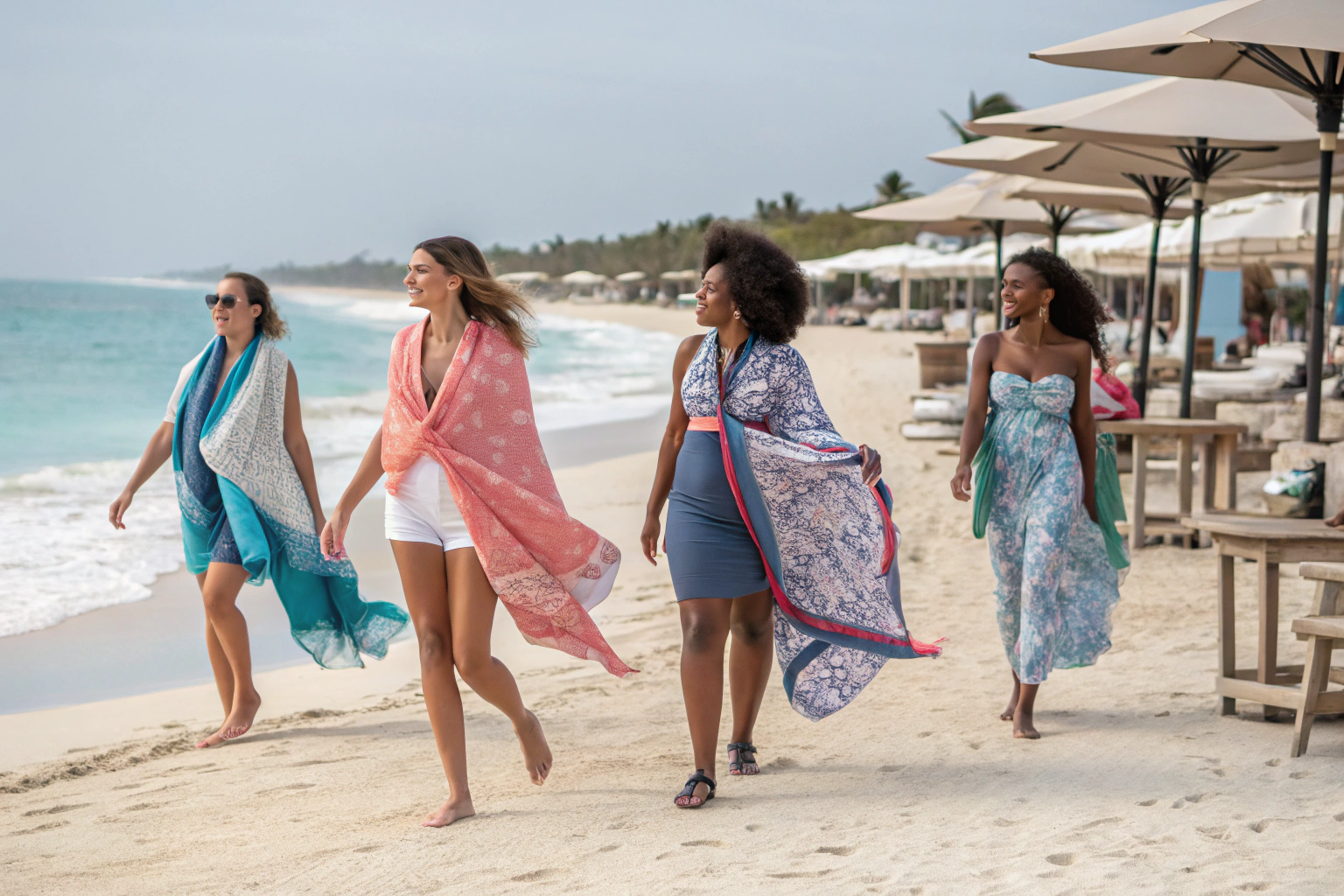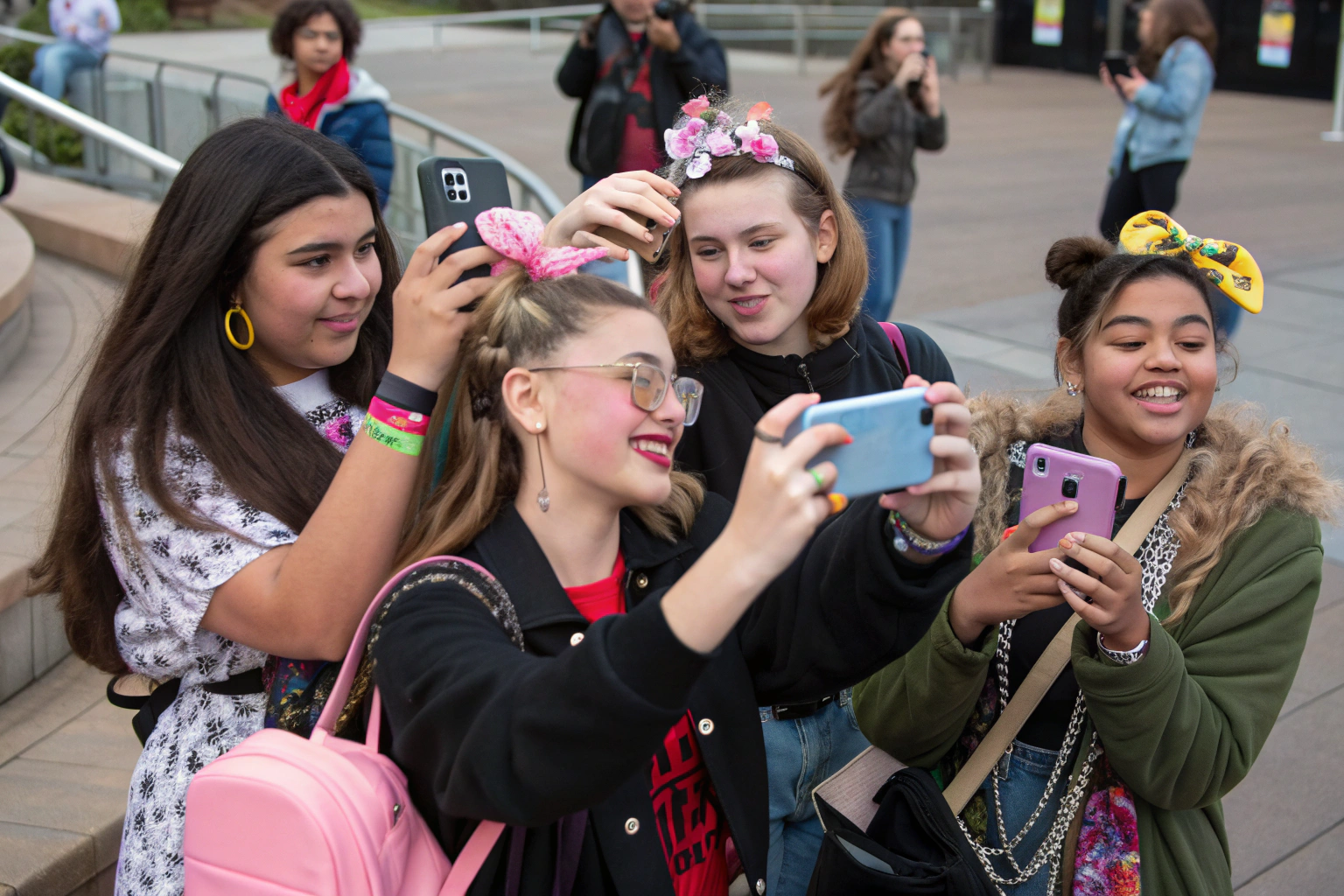Designing accessories for fast fashion retailers presents unique challenges that differ significantly from traditional accessory design. The accelerated production cycles, aggressive pricing targets, and rapidly changing consumer demands require specialized approaches to product development. Many designers struggle to balance creativity with commercial viability in this demanding sector.
Successful fast fashion accessory design requires understanding trend forecasting, mastering cost-effective material selection, optimizing for rapid production, and creating versatile pieces that complement multiple fashion trends simultaneously. The most successful designs bridge the gap between runaway trends and mass-market accessibility while maintaining the speed-to-market that defines fast fashion.
Having supplied major fast fashion retailers globally, we've identified the key strategies that separate successful accessory collections from those that underperform. Here's our comprehensive approach to designing accessories that excel in the fast fashion environment.
What are the key design principles for fast fashion accessories?
Fast fashion accessory design operates under different constraints than traditional design. Understanding these fundamental principles is essential for creating products that perform well in this competitive retail segment.
The core design principles for fast fashion accessories include trend adaptability, cost-conscious creativity, production efficiency, and stylistic versatility. These principles ensure designs can move quickly from concept to store shelves while appealing to broad customer bases.
How does trend adaptation differ in fast fashion?
Rapid trend interpretation is the cornerstone of fast fashion accessory design. Rather than creating entirely original concepts, successful designers excel at identifying emerging runway trends and translating them into accessible, producible versions for mass markets. This requires monitoring fashion weeks, street style, and social media trends continuously. Our design team operates on a compressed calendar that allows us to identify trends and have store-ready designs within 3-5 weeks, compared to traditional 6-9 month development cycles. The key is extracting the most commercial elements from high-fashion trends and simplifying them for broader appeal while maintaining the trend's essential character.
Why is design simplification crucial for fast fashion?
Strategic simplification ensures designs can be produced quickly and cost-effectively without sacrificing style impact. This means reducing complex constructions to their most essential elements, minimizing component counts, and selecting manufacturing techniques that support rapid production. The table below illustrates how we adapt high-fashion designs for fast fashion production:
| High-Fashion Element | Fast Fashion Adaptation | Cost Reduction | Time Savings |
|---|---|---|---|
| Intricate Metal Filigree | Laser-Cut Acrylic with Metallic Finish | 65% | 3 weeks |
| Hand-Beaded Embellishment | Heat-Transfer Patterns | 80% | 4 weeks |
| Custom-Molded Components | Standard Findings with Decorative Elements | 70% | 5 weeks |
| Mixed Material Construction | Single Material with Color Variation | 60% | 2 weeks |
| Complex Mechanical Closures | Simplified Snap or Magnet Systems | 75% | 3 weeks |
This approach allows us to deliver the visual appeal of current trends at price points that work for fast fashion retailers while maintaining reasonable production timelines.

How to select materials for fast fashion accessories?
Material selection significantly impacts both the aesthetic appeal and commercial viability of fast fashion accessories. The chosen materials must balance cost, appearance, durability, and production efficiency to meet fast fashion requirements.
Fast fashion materials should offer visual appeal at low cost, support rapid manufacturing processes, provide adequate durability for the product's intended lifespan, and align with current consumer preferences regarding texture and finish.
What are the most cost-effective materials for high visual impact?
Value-optimized materials deliver premium appearance at mass-market costs. We've found that certain materials consistently outperform others in the fast fashion context. For hair accessories, molded ABS plastic with quality plating provides metallic appearance without metal costs. For bags and belts, synthetic leathers with good grain replication offer leather-like aesthetics at 20-30% of the cost. The key is selecting materials that feel substantial enough to convey quality while remaining within aggressive cost targets. Our material sourcing team maintains relationships with suppliers who specialize in developing materials specifically for fast fashion applications, ensuring we access the latest innovations in cost-effective material science.
How do material choices affect production speed?
Production-friendly materials significantly accelerate manufacturing timelines. Materials that require minimal processing, cure quickly, or work with high-speed automation help meet fast fashion's compressed schedules. We prioritize materials with shorter lead times, wider availability, and compatibility with our existing manufacturing processes. For example, using pre-colored plastics eliminates painting steps, while standardized component sizes reduce machine changeover time. These efficiencies might seem minor individually, but collectively they can reduce production time by 30-40%, making the difference between catching a trend at its peak or missing it entirely.

How to optimize designs for rapid manufacturing?
Design optimization for manufacturing is arguably more important in fast fashion than in any other accessory category. Even the most beautiful design fails if it cannot be produced quickly and cost-effectively at scale.
Manufacturing optimization involves simplifying constructions, standardizing components, minimizing assembly steps, and designing for automation wherever possible. These strategies reduce production time and cost while maintaining quality standards.
Why is component standardization important?
Modular design approaches allow for greater variety with fewer unique components. By standardizing elements like clip mechanisms, chain links, or finding attachments across multiple designs, we reduce tooling costs and accelerate production. A single well-designed clip mechanism can be used across dozens of different hair accessory designs simply by changing the decorative element. This approach lets fast fashion retailers offer extensive variety while controlling manufacturing complexity. Our production engineering team works closely with designers from the earliest concept stages to identify standardization opportunities that maintain design distinction while maximizing manufacturing efficiency.
How does design complexity impact production timelines?
Simplified assembly directly correlates with faster production and lower costs. We aim to design accessories with the fewest possible components and assembly steps. For example, designing hair clips that snap together rather than requiring screw assembly reduces production time by approximately 40%. Similarly, using ultrasonic welding instead of adhesives accelerates bonding processes while improving consistency. Each eliminated manufacturing step not only saves time but also reduces potential quality issues, resulting in more reliable products that meet fast fashion's demanding quality standards despite accelerated timelines.

How to balance trendiness with commercial viability?
The most challenging aspect of fast fashion accessory design is creating pieces that feel fashion-forward while appealing to mainstream consumers. Designs that are too edgy may not sell in volume, while overly safe designs fail to capture the trend-driven impulse purchases that drive fast fashion.
Successful fast fashion accessories balance recognizable trend elements with commercial appeal through strategic styling, careful editing of design elements, and understanding different customer segments within the fast fashion market.
What percentage of a collection should be trend-forward versus commercial?
Strategic assortment planning typically follows a 30-50-20 rule: 30% trend-forward statement pieces, 50% commercially safe adaptations, and 20% basic replenishment items. The trend-forward pieces generate excitement and fashion credibility, the commercial adaptations drive volume sales, and the basics provide consistent revenue. This balanced approach ensures collections have both fashion authority and commercial reliability. Our product development process includes creating detailed assortment plans that define the role of each design within the broader collection, ensuring retailers achieve the right mix of fashion risk and commercial safety across their accessory offerings.
How do you test designs for commercial potential?
Rapid prototyping and feedback systems help validate designs before full-scale production. We create small batches of samples for retailer feedback and sometimes for limited market testing. Digital rendering tools allow for quick visualization of color and material variations without physical sampling. Additionally, we analyze sales data from similar previous designs to predict performance of new concepts. This data-driven approach, combined with experienced design intuition, significantly increases the commercial success rate of new fast fashion accessory designs, reducing the markdowns that erode profitability in this margin-sensitive sector.

Conclusion
Designing accessories for fast fashion retailers requires a specialized approach that balances creative trend interpretation with rigorous commercial discipline. The most successful designs emerge from understanding both fashion cycles and manufacturing realities, creating products that feel current yet can be produced quickly and cost-effectively. By mastering trend adaptation, material selection, production optimization, and commercial balancing, designers can create accessories that perform exceptionally in the fast-paced fast fashion environment.
If you're looking to develop fast fashion accessory collections that combine trend relevance with commercial success, we invite you to contact our Business Director, Elaine. She can guide you through our specialized fast fashion design and production processes. Reach her at: elaine@fumaoclothing.com.










